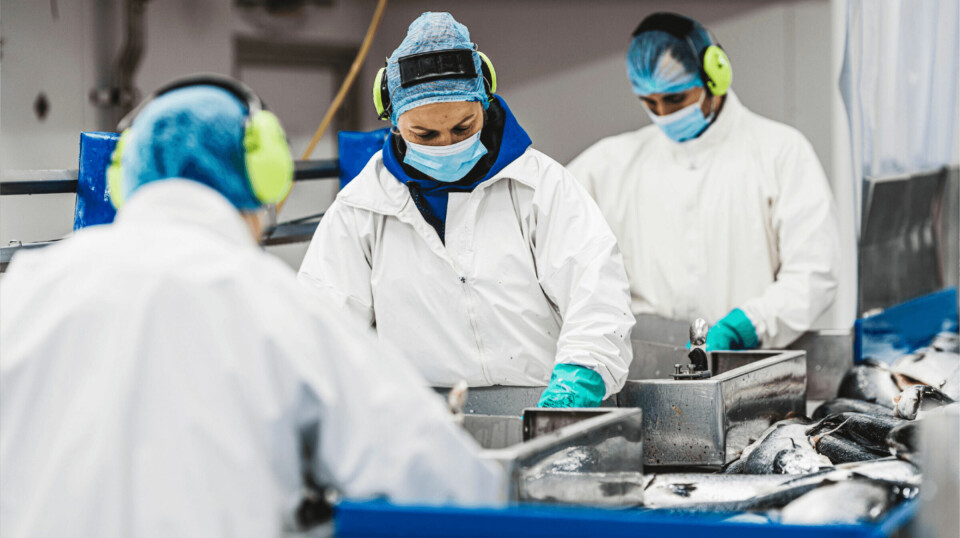
Scotland’s Atlantic salmon production fell by 18% last year
Rural Affairs Secretary welcomes innovations and new strategies used to tackle biological problems
Production of Atlantic salmon decreased by 36,199 tonnes (18%) to 169,194 tonnes (live weight) in Scotland last year, according to the Scottish Government’s annual fish farming survey, published today.
The total number of smolts produced in 2022 increased by 3.9 million (8%) to 55.1 million, and the total number of staff directly employed in salmon production was 1,508 staff, an increase of 13 staff compared with 2021, which was a record year for Scottish salmon production. The staffing figures refer to production of Atlantic salmon in seawater and do not include staff involved with processing or marketing activities.
There were two incidents involving the loss of 52,463 fish from seawater Atlantic salmon sites in 2022. There were six additional incidents reported where the companies confirmed there was no loss of fish.
Production tonnage of rainbow trout increased by 7% in 2022
to 8,757 tonnes, the highest level of rainbow trout production recorded in
Scotland. There was one incident involving the loss of 3,918 fish from a
rainbow trout site.
Significant for economy
Scotland’s Rural Affairs Secretary Mairi Gougeon, whose portfolio includes aquaculture, said: “I welcome the publication of these statistics. Scotland’s aquaculture sector is a significant contributor to our economy, generating approximately £885 million GVA (gross value added) and an estimated 11,700 jobs while producing healthy and nutritious products. It is good to see a small uplift in direct employment in the sector, and to see innovations and new strategies being deployed by the sector having a positive impact.
“For example, we’ve seen a reduction on the reliance of imported salmon ova (eggs) and an increase in production and hatches in Scotland. This strengthens our domestic supply chain and improves resilience. We also know that some companies are working to change their production strategies, for example by increasing the average size of fish put to sea and reducing the marine phase of production.
“These figures also show that farmers are proactively responding to environmental and biological challenges and pressures, for example by making the responsible decision where necessary to harvest smaller fish to support health and welfare, which has resulted in decreased production figures.”

Robust smolts
The Scottish Fish Farm Production Survey is compiled from responses to questionnaires from Scottish fish farming companies and the reduced volume harvested in 2022 is no surprise following announcements last year by three major producers – Mowi Scotland, Bakkafrost Scotland, and Scottish Sea Farms – that they were lowering their expected harvest volumes for the year by a combined total of 28,000 gutted weight tonnes because of biological problems.
All three companies have been working to improve survival of their fish in the face of increasing challenges from the environment because of warming seas.
Each company has invested millions in increased capacity to treat for lice and gill disease, and the farmers have programmes to breed from fish seen to perform best in Scottish conditions.
Companies are also in the process of producing larger, more robust smolts which would spend less time exposed to hazards such as micro jellyfish, algal blooms, and low oxygen conditions that can occur at marine sites.
Dr Iain Berrill, head of technical at sector trade body Salmon Scotland, said: “The Scottish Government report published today is for the calendar year 2022 and reflects a significant increase in microscopic jellyfish blooms which was extensively reported last year. More up-to-date data shows that in 2023 the sector has made significant progress in managing environmental challenges in the sea, and the monthly survival rate for 2023 is above 98%.”























































